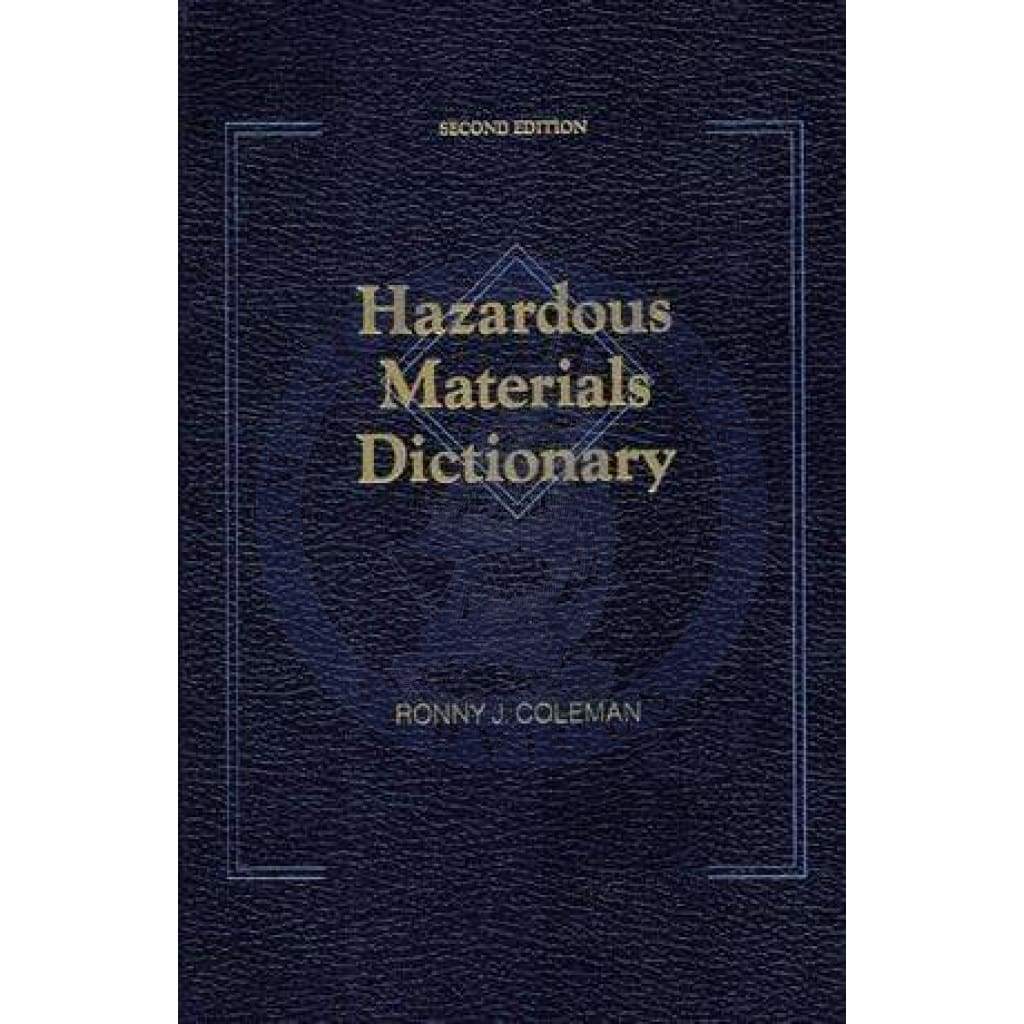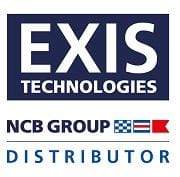Over the last few decades the emphasis on the proper handling of hazardous materials has grown significantly. Loss of life and property used to be the primary reason that government and the private sector focused attention on improved rules and regulations to deal with a specific problem. Hazardous materials emergencies have resulted in the loss of lives of both emergency service and civilian personnel. However, the motivation for increased emphasis on hazardous materials more recently has
included the priority for protecting the environment.
Proper response by emergency service personnel is absolutely essential to meeting all three goals. And, these personnel have been attempting to train and prepare for the next event as a top priority for almost all first responder organizations. Fire Chief Warren Isman, a leading authority on hazardous materials, once characterized the problem of keeping current in the field of hazardous materials as “a constant challenge of dealing with information overload and obsolescence at the same time.”
This book is our second compilation of terms and phrases that have accumulated in the field of hazardous material handling. We have continued with a special emphasis on the terminology that relates to the communications needs of those who are responding to emergencies in these materials, such as fire protection, law enforcement, and emer- gency response teams. To a lesser degree we have provided some of the terms used in code enforcement and programs such as disclosure and leaking underground tanks.
The book is a compilation from a wide variety of sources. Some of the terms come from private industries that store, transport, and transfer hazardous materials, such as the trucking and railroad industries. Others come from the governmental and institutional organizations that provide insight, guidance, or have mandatory duties to perform. Examples of these are DOT, SARA, and state and local programs. Some are taken from incident management techniques that are used in managing emergencies involving these products.
We hope that this book will be of assistance to those who have to work through the maze of complicated information exchange that makes up the field of hazardous materials management.









